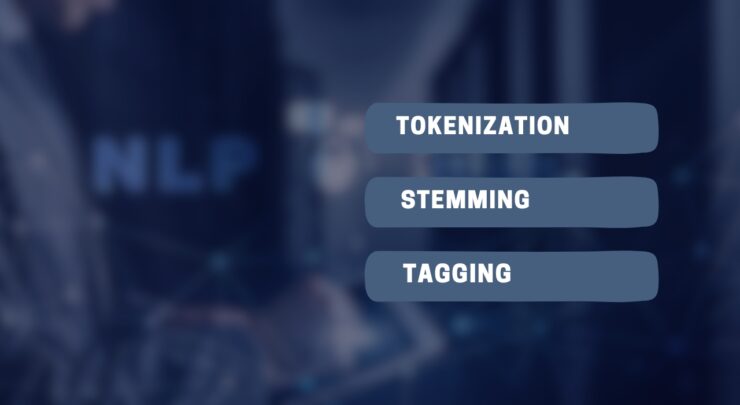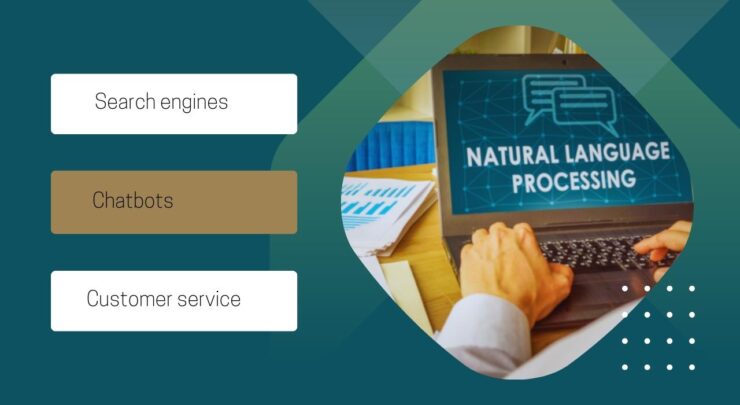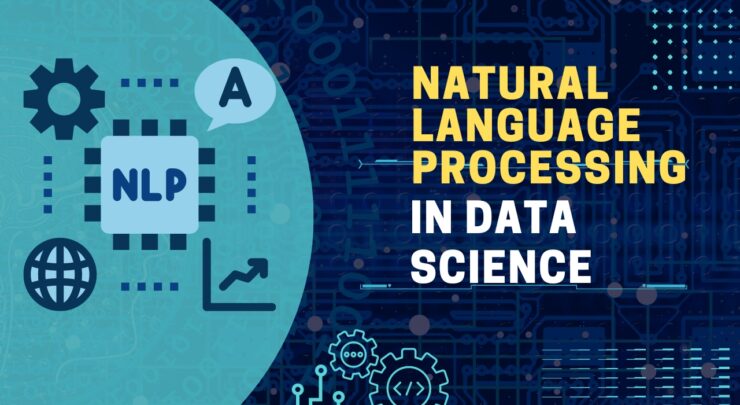Natural language processing is a powerful tool for data science and AI in general. It’s one of the most important methods for understanding language, and it’s used all over our daily lives — when you’re reading this, you’re using it! NLP is at the core of many applications such as search engines (Google), bots (Siri), machine translation services, social media analytics platforms (Facebook), text analytics tools (Spark), and more.
How NLP Enables Understands Human Language
Natural Language Processing (NLP) is a technology that enables computers to understand human speech or written text as well as one another (i.e., machine-to-machine communication). In other words, NLP allows us to build systems that can better understand what people are saying both in person and online and respond accordingly with appropriate actions/responses.
Converting Text into Structured Data
The first step in processing text data is to convert it into structured data historical documents, emails, social media posts, and more. Textual data is different from structured data because it’s unstructured and in natural language. For example, if you have an email that says “I am going to visit my grandmother this weekend,” your computer will know what this sentence means but not necessarily where each word begins or ends (which makes it difficult for a computer program).
To fix this problem, we need some way of telling our computer which words belong together so that when we write out their sentences later on they make sense again!
Apply Techniques Like Tokenization, Stemming, and Tagging

The text that you are reading right now is an example of natural language processing data science. We can think of NLP as the process of taking raw text and turning it into something meaningful, such as “The dog ate my homework” or “I want to eat ice cream.”
In order to make sense of this text, we need to apply some NLP techniques:
- Tokenization – breaking up large sentences into smaller parts so they can be analyzed more easily
- Stemming – removing any words that sound like other ones (e.g., “beach-house” becomes “beach house”)
- Tagging – assigning each word with a label so you know what type of information it represents (e.g., person who lives in beach houses).
1. Tokenization
Tokenization is the process of breaking up strings of characters into their individual components. Tokenization is used to analyze text data, and it’s a key step in natural language processing (NLP).
Tokenization breaks up a sentence into words by identifying spaces between words as well as punctuation marks like commas and periods. The process can also include removing extra spaces or special characters such as quotes from both sides of words, which helps make sure that each token corresponds exactly with one word in your corpus and not two words connected by one space or punctuation mark!
2. Stemming
Stemming is a process of reducing words to their root form. For example, the word “reads” has two stems: read and read. The algorithm for stemming can be used to remove affixes from other words as well. For example, we could use it to turn ‘kicking’ into a kick and ‘running’ into a run.
Stemming algorithms are typically provided as part of Natural Language Processing (NLP) libraries such as spaCy or Stanford CoreNLP.
3. Tagging
Part-of-speech tagging assigns a part-of-speech tag (POS) to each word in a sentence. POS tags identify the grammatical function of each word in a sentence and are used to help determine its meaning. For example, the POS tag “noun” indicates that “car” is a noun while “verb” indicates that “drive” is a verb.
The part-of-speech tags used most frequently include nouns, verbs, adjectives, adverbs, prepositions, and conjunctions; interjections may also be included depending on what kind of text you’re analyzing and what kind of analysis you want to do with it!
Other Common NLP Techniques
NER is the process of identifying proper nouns in text. It’s used for tasks like entity linking or sentiment analysis. For example: “Obama” would be considered a proper noun because you know what person it refers to; however, if you only know that someone said “president,” then there could be several presidents who were being discussed and thus it wouldn’t make sense to consider them as proper names unless more context was provided.
Clustering groups similar documents together based on their contents so that they can be easily compared against one another for further analysis when needed later on down the road (e.g., clustering different articles from different news sources). Topic modeling helps discover patterns within large volumes of unstructured data such as blog posts or tweets by analyzing them with machine learning algorithms trained specifically for this purpose!
Natural Language Processing Is Used All Over Our Daily Lives

You may not have realized that Natural Language Processing (NLP) is everywhere because it’s so subtle. You see, NLP allows computers to understand human language in order to interact with us more naturally. In fact, there are many applications for NLP across industries and sectors:
- Search engines use NLP to understand what users are searching for and provide relevant results based on those queries
- Chatbots use NLP technology so they can understand your questions or commands and provide accurate responses back at you in natural language form (i.e., English). This means that instead of having to learn specific keywords for each question or command (“How do I log into my account?”), all we need now is just one simple command (“Log me out”).
- Customer service agents also use this technology so they can better communicate information about products or services over the phone without needing any training beforehand (unlike humans who require extensive training!).
Conclusion
We hope that you now have a better understanding of the power of natural language processing as a tool in data science. NLP can help us understand human language, and make decisions based on that information. The main goal of this article was to provide an overview of some of the most common NLP techniques and how they work, but there are many more! If you want to learn more about what’s out there, check out our other blog posts on this topic.

